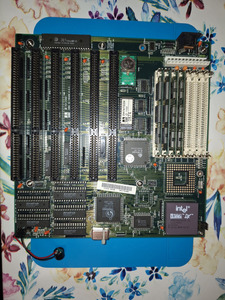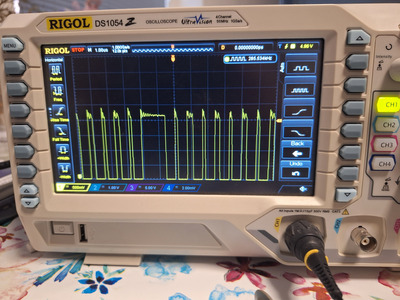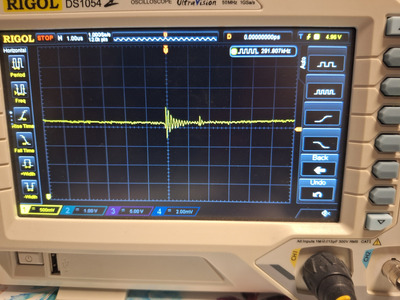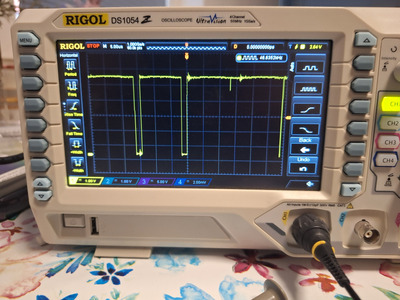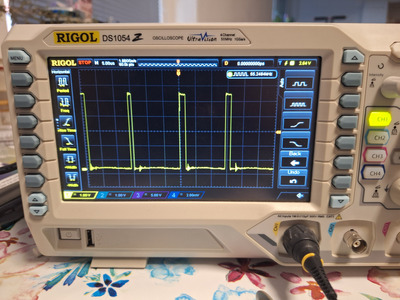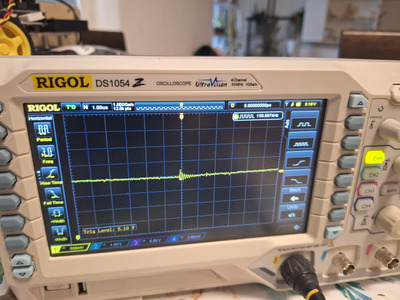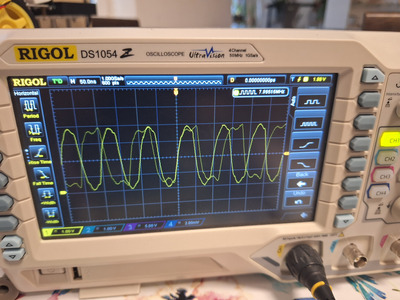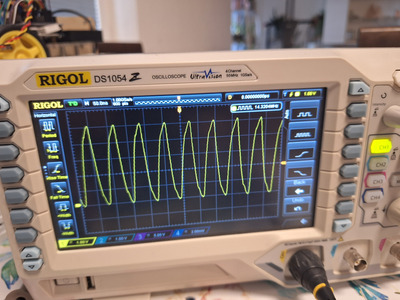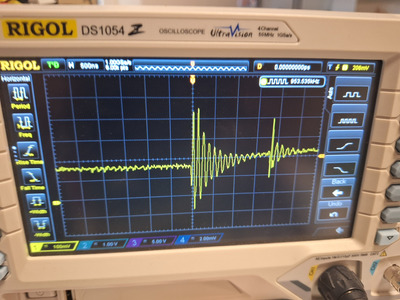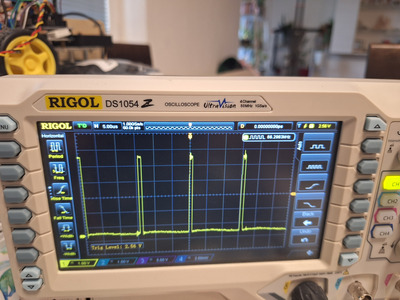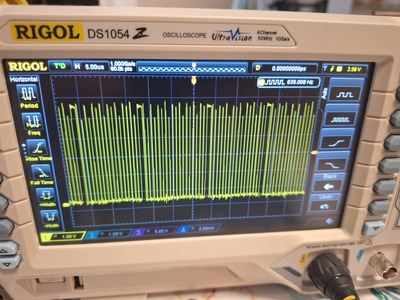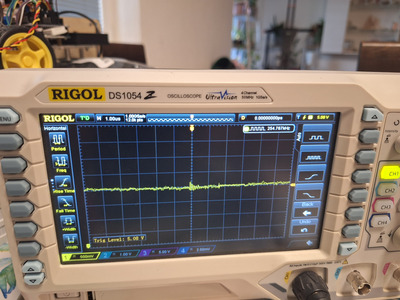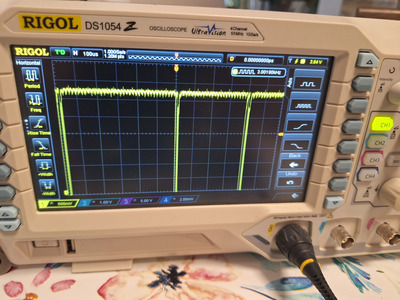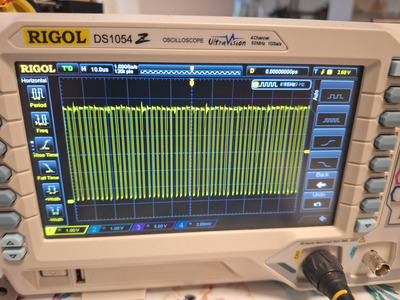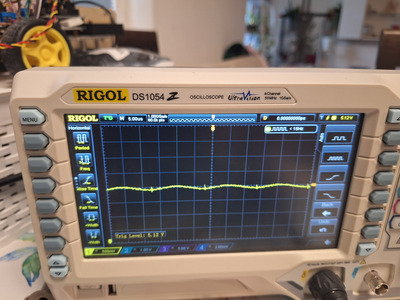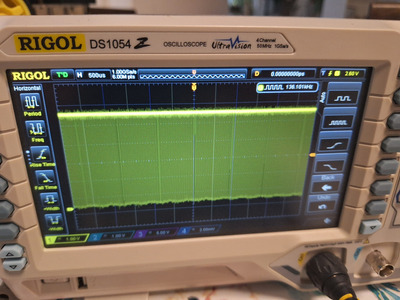First post, by tsalat
Hi guys,
while waiting for some replacement parts for other motherboards I am trying to bring back to life I have started to fiddle with another one, DTK PEM-4036YB (PEM-0036Y).
The board came without an CPU, and thus I am not sure if it was already "damaged" or not. Nevertheless, after examining the board I have found some strange orange liquid near the DS1287 and the resistor array before it, and decided to remove both just in case.
- The removal of the DS1287 was a pain but doable, and I have checked the traces I could visual trace back for continuity after - all is looking good although still could cause some problem. I have replaced this with the https://github.com/necroware/nwX287, tested two I have, one was working in a pentium board, and thus should be good. The resistor array replaced and measured, looks fine as well.
After this replacement I have added the CPU (i386DX 25), RAM, and my post card. After turning it on, the post card shows "----", and the IRDY LED is flashing. During the flashing the speaker beeps, it is a continuos short beep with a pause, and again, never stops, and the LED flashes during this.
- I have tried different RAM, CPU, and the DS1287 replacement, still the same
- If there are only 3x RAM sticks, no beep, no post
- If the CPU is removed, no beep
- If the RTC is removed, the beep is still there
- If I fiddle with the cache, the pause between beeps is much longer but it will still beep the same way with the IRDY LED flashing during it
- The BIOS has some communication but the square wave is switched to noise with the same frequency the speaker is beeping - i.e. noise, wave, noise, wave, etc...
- I have replaced the cache with another one, no difference
- The BIOS is from DTK, I have read it out and tried as well a different one, no difference
I have tried to check all the ICs for loosen legs, all looks good, and even with pressure there is no difference with how the board behaves.
The BIOS is from DTK and I am not sure about any BEEP code, etc... but following AMI it could be a short (i think i read a continuos short beep by AMI means short).
Next thing I have checked the 74f244 buffer ICs below the RAM. Have used an multimeter in resistance mode with red wire on GND. Two ICs are behaving the same, most of the IO is having 5Mohm, some around 2Mohm.
One of the 74f244 buffer ICs that is close to the DS1287 is behaving different. The IOs that are facing the DS1287 are having either 5Mohm or 0ohm (measured two like this), it should be I5 and I6 in this case. The readings are the same while the DS1287 is populated or not. Hence, I am not sure about this IC since I have found a topic here (Half of the memory slots not working - 386 board) about the same board and the guy indicated around 5Mohm at all ICs.
- What you think about the reading of the one 74f244 buffer? Can anyone suggest me an replacement IC for this - have found some on ali for example with the same description, but are they all the same? not sure here 😀
- Any idea what to try more on this?
thank you, tomas
